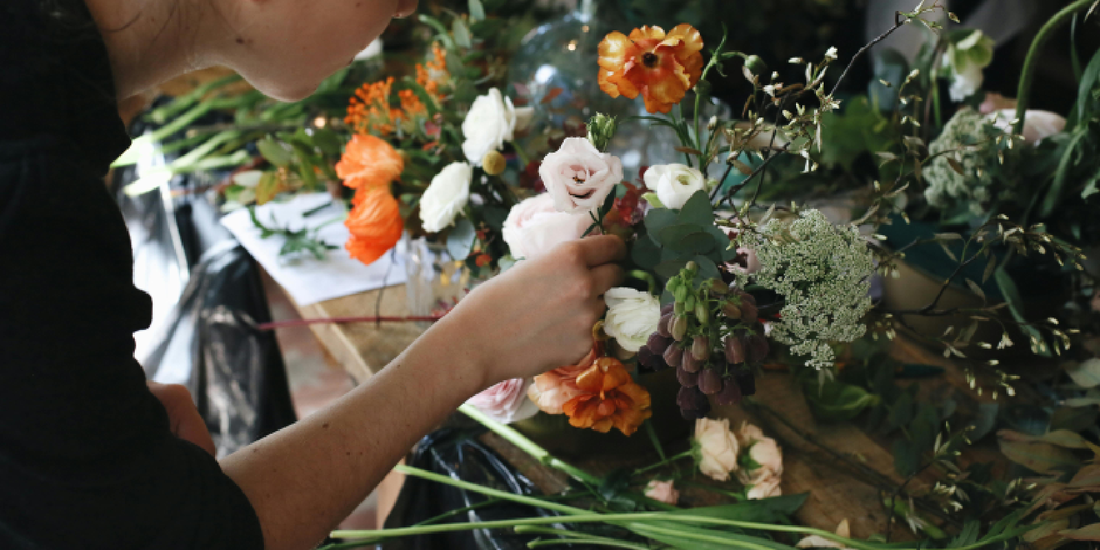
Using Plants as Natural Room Dividers
Share
Open-plan living is one of the most popular interior design choices today, offering flexibility, flow, and light across connected spaces. However, it often creates the challenge of maintaining a sense of privacy, defining functional zones, and balancing aesthetics with practicality. Instead of relying on bulky partitions or static furniture, more homeowners and designers are embracing plants as natural room dividers.
Greenery offers a fluid, organic way to separate areas without making a space feel smaller or closed off. It introduces life, color, and texture while purifying the air and boosting wellbeing. With the right approach, plants can transform your interiors into environments that feel both connected and intentionally designed.
In this guide, we’ll explore the benefits of using plants as natural room dividers, design strategies for maximizing impact, the best plant varieties to choose, and how a modern plant shelf like the amoyls VerdantGlow S-Shaped 8-Tier Plant Shelf with Grow Lights can help achieve both structure and beauty in your home.
Why Plants Make the Perfect Room Dividers
Unlike fixed walls or screens, plants bring versatility and warmth into a space. They create a semi-permeable barrier—enough to signal different zones, yet still allowing light and air to pass through. Here are some of the primary reasons why plants are an ideal choice for room division:
-
Visual Softness and Warmth
Hard partitions can make spaces feel cold and rigid. Plants, on the other hand, introduce natural softness and an organic element that makes interiors more welcoming. -
Improved Acoustics
Leafy dividers absorb sound, reducing echoes and noise transfer in open-plan spaces—particularly useful in apartments or homes with high ceilings. -
Air Quality Benefits
Plants naturally filter toxins from the air, releasing oxygen and creating a healthier indoor environment. -
Adaptable and Movable
Unlike permanent walls, plant dividers can be repositioned whenever you want to reconfigure your layout. -
Biophilic Design Appeal
As biophilic design continues to trend, using plants as functional design elements creates a sense of balance between the built environment and the natural world.
Design Strategies for Plant Room Dividers
Creating an effective green divider requires more than just placing a few pots in a row. By incorporating thoughtful design strategies, you can ensure both functionality and visual harmony.
1. Use Vertical Structures
Instead of spreading plants horizontally, think vertical. Multi-tiered plant shelves, hanging planters, and trellises allow you to maximize greenery in limited space. The amoyls VerdantGlow S-Shaped 8-Tier Plant Shelf with Grow Lights is a perfect example—its tall and sculptural design not only saves floor area but creates a striking living partition.
2. Mix Plant Sizes and Shapes
Combine tall plants like fiddle-leaf figs with trailing varieties such as pothos or philodendrons. The layering effect creates depth and adds a lush, full look to your divider.
3. Consider Transparency
Decide how solid or permeable you want your divider to be. A dense row of palms can completely block visibility, while airy arrangements of ferns and vines create subtle division without cutting off sightlines.
4. Integrate Grow Lights
One challenge of indoor plant dividers is ensuring adequate light, especially if positioned away from windows. Integrated solutions like grow-light plant shelves guarantee that your plants thrive regardless of placement.
5. Complement with Decor
Use decorative planters, coordinated shelving, or even matching furniture elements to ensure the divider blends seamlessly with your interior style.
Best Plants for Natural Room Dividers
Not all plants thrive in divider arrangements. Here are some of the best options for creating healthy, beautiful partitions indoors:
- Tall and Structural Plants: Snake Plant, Areca Palm, Fiddle Leaf Fig, Rubber Plant
- Trailing and Cascading Plants: Pothos, String of Pearls, Heartleaf Philodendron
- Bushy Medium Plants: Ferns, Peace Lilies, Spider Plants
- Hardy and Low-Maintenance Options: ZZ Plant, Dracaena, Monstera
For a dramatic effect, mix categories—tall plants at eye level, vines cascading down shelves, and compact greenery filling in gaps.
The Role of Specialized Plant Furniture
While ad-hoc arrangements of pots can work, specialized plant furniture provides a structured and stylish framework for your divider. The VerdantGlow S-Shaped 8-Tier Plant Shelf with Grow Lights by amoyls is designed with both function and elegance in mind:
- S-Shaped Vertical Flow: Its unique silhouette creates a visually dynamic partition, guiding the eye upward and giving dimension to open spaces.
- 8-Tier Capacity: Offers ample space to combine multiple plant types, creating lush green walls in compact footprints.
- Integrated Grow Lights: Ensures plants stay vibrant and healthy, even in low-light interiors.
- Modern Minimalist Finish: The sleek, contemporary design complements modern, Scandinavian, and minimalist aesthetics alike.
- Space-Saving Utility: Perfect for small apartments, lofts, or open-plan living areas where floor space is at a premium.
Practical Applications of Plant Dividers
-
Living Room & Dining Room Separation
Define a dining area without losing the open flow of the living space. -
Home Office Corner
Create a productivity zone within a multipurpose room while still enjoying a natural, calming backdrop. -
Bedroom Privacy
Use plants to subtly divide sleeping and dressing areas, or even create a cozy reading nook. -
Loft & Studio Apartments
In compact layouts, plant dividers are essential for carving out “rooms” without walls. -
Hospitality & Commercial Spaces
Cafés, coworking hubs, and wellness studios increasingly use plants as dividers to create intimacy and warmth.
Tips for Maintaining Plant Dividers
- Rotate plants periodically for even growth.
- Choose lightweight planters if mobility is important.
- Regularly prune to prevent overcrowding.
- Use shelves with integrated watering trays to minimize mess.
- Consider pairing dividers with natural textures—wood, stone, or neutral textiles—for a cohesive look.
Final Thoughts
Using plants as natural room dividers is more than a design choice—it’s a lifestyle upgrade. By blending function, wellness, and beauty, plant partitions redefine how we inhabit space. Whether you’re working with a sprawling loft or a compact apartment, greenery introduces privacy, texture, and calm without compromising openness.
For those seeking a ready-made solution, the amoyls VerdantGlow S-Shaped 8-Tier Plant Shelf with Grow Lights offers the perfect blend of structure and flexibility. It’s not just a piece of furniture—it’s a canvas for cultivating your personal indoor oasis.
